Imagine this: a community of over 300 000 aviation workers in the European Union (EU) – the largest group of aviation personnel, in fact – supporting tens of thousands of flights every day, by many different operators, and yet, without a safety regulation. That was the scenario for the ground handling activities until the new EU ground handling Regulations came into place in 2025.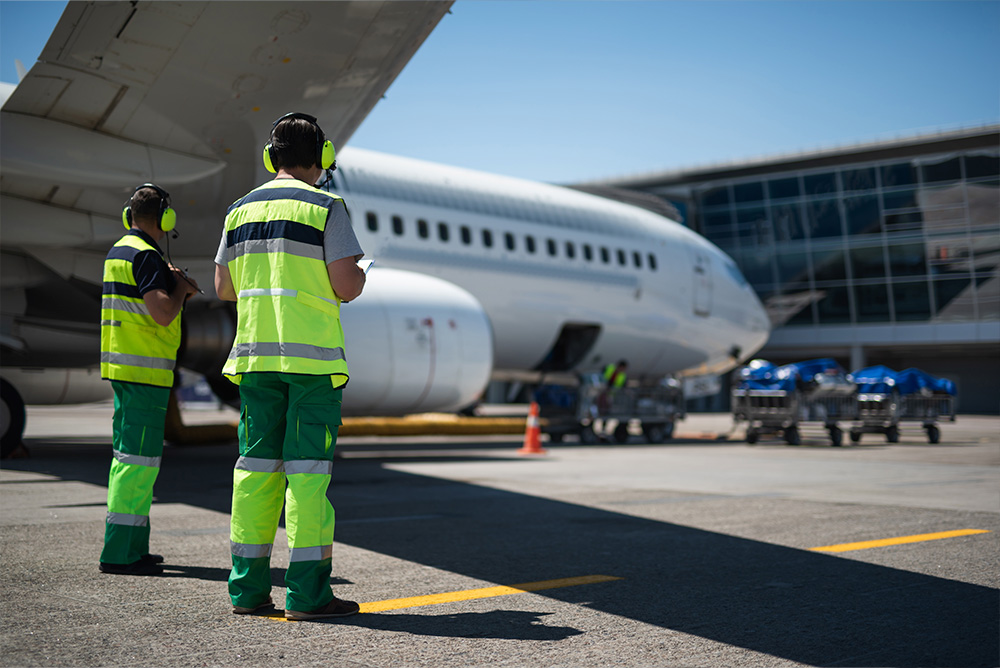
Regulations for air operators, pilots, cabin crew, aircraft and products manufacturing and maintenance, as well as airports and air traffic management operators and pilot training schools have been in place for many years. However, ground handling services delivered to the aircraft and passengers were for a long time left outside the EU regulatory system.
To fill this gap, the European Commission tasked EASA to prepare safety rules for ground handling activities and the organisations that provide them. The EU ground handling Regulations (one for competent authorities to conduct oversight of ground handling organisations and one for organisations performing ground handling activities) were published by the European Commission in early 2025 and set an example worldwide, as this sector is not yet covered by the aviation safety regulatory framework in most parts of the world.
Above all, the new rules acknowledge the role of ground handling in ensuring the common goal of all aviation activities: keeping aviation safe for everyone: passengers and employees.
Ground handling activities and how they can impact flight safety
Ground handling is the name for the activities that take place at an aerodrome to prepare an aircraft and its passengers for the flight, like loading and unloading baggage, preparing the aircraft to be boarded, bringing in catering equipment, fuelling the aircraft, just to name a few.
They are vital services that can impact the safety of the whole flight, for example:
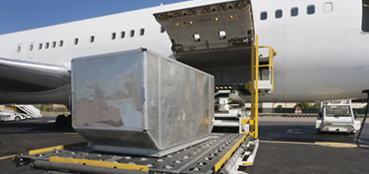
Baggage loading and unloading
If baggage or freight is loaded incorrectly it can impact the centre of gravity/balance of the aircraft and lead to a potential loss of control during flight. On the ground, it can cause the aircraft to tip over on its nose or tail.
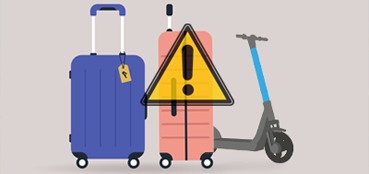
Handling of dangerous goods
There are strict rules on how dangerous goods should be packaged, labelled, and loaded onto the aircraft. If done incorrectly, this could lead to a fire or leakage of hazardous material. Read more on dangerous goods.
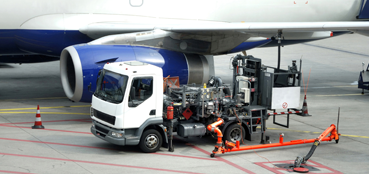
Aircraft fuelling
It is crucial that the aircraft is fuelled with the correct fuel type and specifications, uncontaminated, and in the correct amount, as specified by the air operator.

Aircraft de-icing and anti-icing:
This is an activity with a high impact on safety if done incorrectly or not done at all. Accidents have happened because of this. Due to accretion of ice, aircraft engines can stop working or the aircraft weight can increase to such an extent that it makes flight impossible.
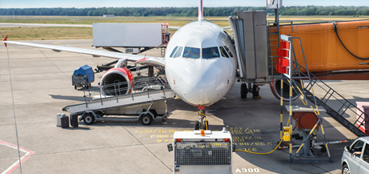
Ramp handling and aircraft servicing
The vehicles and equipment around an aircraft on the ground – such as the baggage belt, the baggage carts, the ground power unit, the passenger boarding bridges, fuel or catering trucks – can cause damage if manoeuvred improperly to and from the aircraft. Additionally, foreign object debris (in short, items in or around the aircraft that have the potential to be a hazard to aircraft operations) can damage the engines or injure workers on the ramp. The aircraft pushback or towing are also safety-critical operations – it is important to ensure that the path ahead of the aircraft is free of obstacles.
What changes with the new regulations?
-
Common oversight standards with detailed rules for cooperative oversight.
The competent authorities of the EASA Member States (EU Member States plus the EFTA countries: Switzerland, Iceland and Norway) will be responsible to oversee the organisations providing ground handling services at their aerodromes (note: Liechtenstein is also an EFTA country and EASA Member State but doesn’t have an airport). They will cooperate closely, developing common auditing tools and guidelines for inspectors to ensure an efficient and harmonised oversight of pan-European ground handling organisations that operate in more than one Member State.
-
Management system requirements for ground handling organisations.
Organisations providing ground handling services will have to implement processes and procedures that enable them to identify the safety hazards in their operations, to measure the safety risks and to apply methods to control those risks. They will also have to develop and foster a safety culture among its personnel.
-
Training requirements.
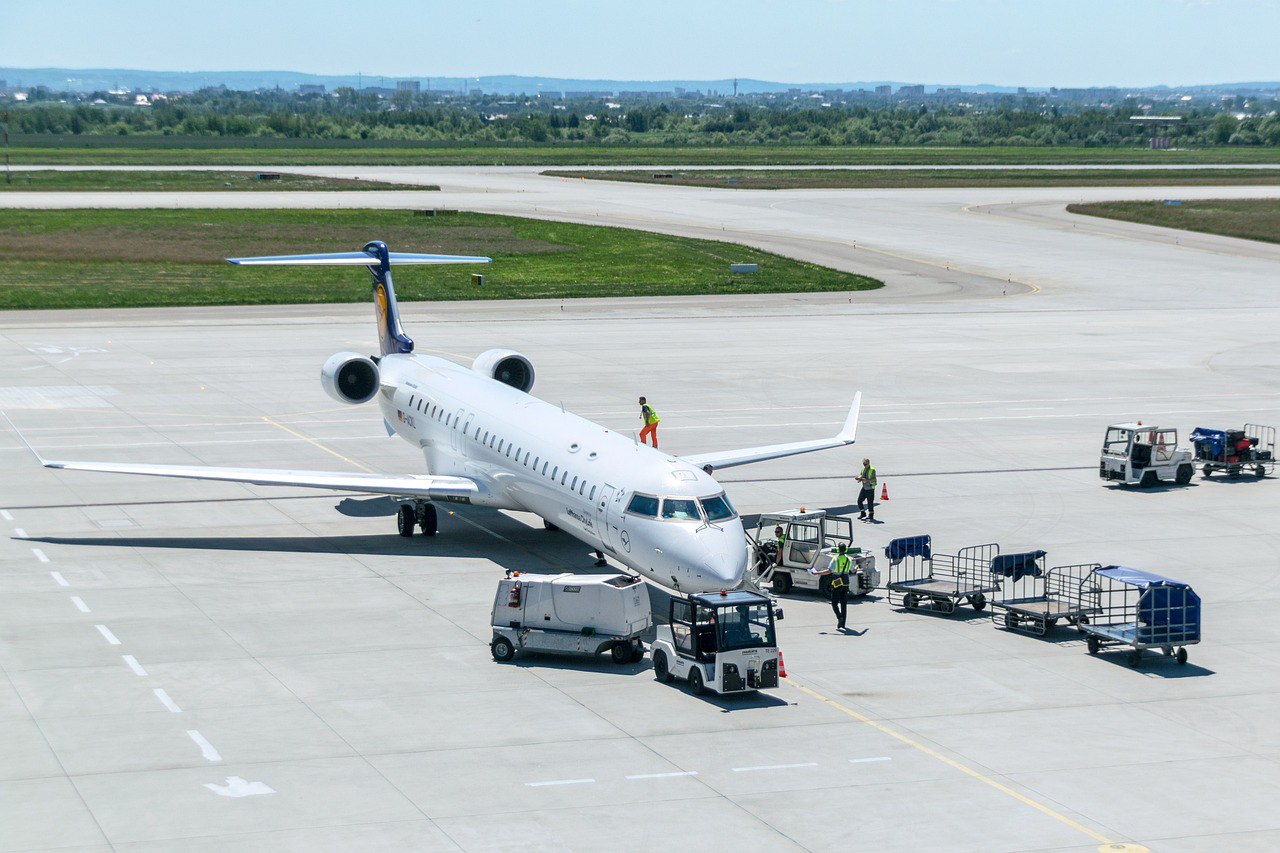
Ground handling organisations will have to ensure their personnel are properly trained, that they understand their role in ensuring safety of operations and are competent to perform their tasks in accordance with the operational standards. These rules also make employee mobility easier.
-
A maintenance programme for the ground support equipment used in the provision of ground handling services.
Ground handling organisations will have to maintain their equipment on a regular basis and ensure procedures are in place so that the vehicles do not damage the aircraft or other vehicles on the ramp.
-
Operational requirements addressing the operational procedures at a generic level.
Ground handling organisations will have to ensure that the services are performed safely, and, at the same time, they will also have to comply with all the procedures of the aerodrome operators applicable to them as aerodrome users.
The regulations address the interfaces between airlines, aerodromes and ground handling organisations, with the obligation for all of them to share relevant safety information among themselves in order to discuss and apply common safety measures. The ground handling regulations will apply only to ground handling service providers at aerodromes that need to apply the EU safety rules. Read more in our article on airports.
Why were ground handling regulations needed?
The aim of regulating the ground handling domain was to create a level playing field for these activities in Europe and to ensure a total system approach on aviation safety. Studies conducted by Industry indicate that aircraft damage caused by equipment used for ground handling activities amounts to an incredible amount of 1.5 billion euros every year in Europe alone. The other benefit of having EU ground handling rules is having one single regulation applicable to all EASA Member States instead of 30 different national regulations - or none at all.
Ground handling organisations have to provide services in accordance with the air operators’ instructions and procedures. This often leads to the situation when the ground handling organisation has many different instructions on how to perform the same service. A clear example: to insert chocks on wheels and place cones around the aircraft, the ground handling team would have to know and apply sometimes 20 or even more different combinations of chocks and cones to the same type of aircraft, as per the different instructions of the air operators. Such variations are not always justified by an increase of safety and they can easily lead to errors in applying the correct procedure. 
The EU ground handling regulations are intended to improve the situation described above: help reducing the damage to the aircraft and improve safety by requiring organisations to implement a safety management system and train their staff properly. The rules also take a step forward towards standardisation of procedures. While rules will not establish how many chocks and cones must be used for every aircraft type, they will enable air operators to agree on using the operational procedures of their ground handling service provider, especially when those are based on industry standards.
The adoption of these Regulations concludes 6 years of rulemaking efforts that started in 2018. EASA benefitted from the technical support of a large group of experts representing all the stakeholders impacted: large and small ground handling organisations, air operators, aerodrome operators, several associations of these stakeholders, competent authorities, as well as a trade union representing a large number of aviation workers. The draft rules were also consulted on several occasions in 2022 and 2023 with the public and with the technical advisory bodies of EASA. Read more on how new regulations come to be.
EASA’s focus on ground handling confirms the importance of this domain for smooth airport operations and overall aviation safety.
